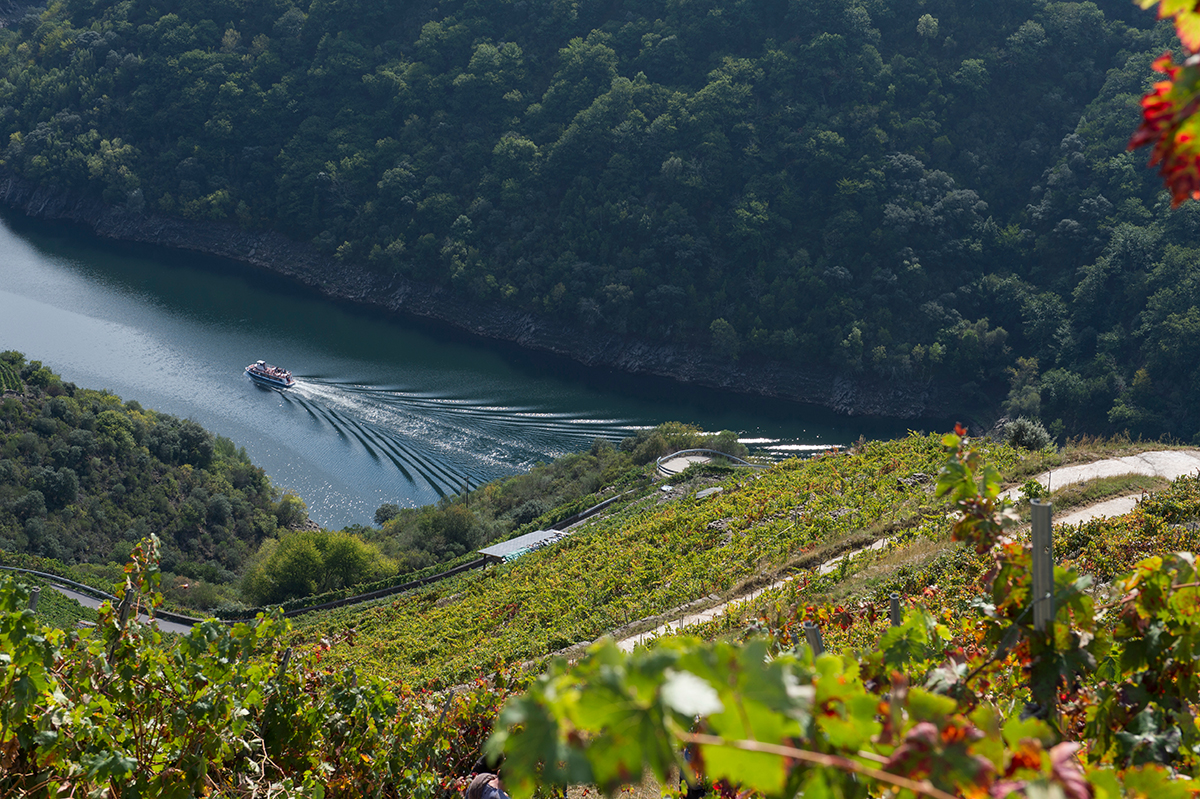
Latest information

Galicia, promoting sustainable tourism
Because of its geographical location and its Atlantic personality, Galicia is one of the regions known as “Green Spain”. Praised for its landscape and its fine cuisine, Galicia was a pioneer in portraying itself as a safe, high-quality destination during the pandemic. Its success was such that at the end of 2021 it was almost 25 points ahead of the national average in terms of tourist recovery, and the trend appears to be consolidating in 2022.
According to the Galician Tourism Cluster, Easter Week surpassed the sector’s expectations, reaching between 75% and 90% occupation. The data have been reinforced by the promotion of the Way of Saint James, which recorded the arrival of 1,500 pilgrims per day in Compostela, and a resulting high rate of occupation in the establishments along the route.
Sustainable tourism has gone from being a trend to a development opportunity, especially for the region of Galicia, which has taken advantage of its resources to construct a model that respects the social and natural environment. For the director of Turismo de Galicia, Nava Castro, “sustainability, together with the search for excellence, innovation, and digitisation are the pillars on which the recovery of the tourism sector in the region rests”.
The time for wine and food
Galicia will receive €31.7 million in European funds for its second Territorial Plan 2022-2025, which identifies wine and food as a priority for the development of tourism in the region.
In line with the central government Strategy for Sustainable Tourism at Destinations 2022, the Xunta considers it a priority to encourage wine tourism projects, and to boost Galician cuisine and to “place Galicia on the map as a first rate wine and food tourism destination”. This plan will include a more sustainable, high-quality model of tourism, while helping make the sector less seasonal and strengthen the socio-economic fabric in wine-growing areas.
The Territorial Wine and Food Tourism Plan forms part of the Territorial Coastal Plan for which the region will receive €29.3 million in Next Generation European funds to promote the coast and nautical tourism.
A sustainable route
The Way of Saint James is one of the main engines of tourism in the region. According to the International Pilgrim Welcome Centre, in 2021, despite the restrictions on mobility, 178,900 pilgrims visited Galicia. It is therefore not surprising that the main actions in the area of sustainability revolve around the Xacobean route.
In this context, the Galician Tourism Cluster has highlighted the role of a number of partners that “are investing in the revitalisation of the Way of Saint James routes and prioritising care for and the development of the environment”. Among them, the organisation has highlighted the success of Tee Travel #CaminoClean initiatives, which promote the idea of a Way on which people “leave their mark without leaving a trace”. In addition, there are numerous accommodation companies and tourist establishments that are promoting responsible consumption and local products, thereby promoting the economic activity of the area and contributing to keeping the population in rural areas, as is the case of several hotel establishments in Caldas de Reis.
As part of the Way of Saint James and sustainability, there is also the Mar de Santiago inter-municipal initiative, which includes the sea and river route from Vilanova de Arousa to Compostela, through Valga, Catoira, and Pontecesures. This action, based on the route of the boat that carried the remains of the Apostle to Galicia, not only promotes heritage resources but also boosts the economy of the area responsibly.
Balneotherapy in Galicia
In addition to its unique cultural and natural heritage, Galicia is the leading region in Spain in terms of spa tourism, with more than 20% of the spa resorts and over 3,000 hotel beds.
Its ability to deseasonalize and arrange combined tourism products makes this sector one of the most economically attractive. As well as working in conjunction with sports tourism, wine and food tourism, and health tourism, it also offers an alternative to pilgrims so that they can enjoy a break during one of their stops along the Way.
Green transition
To guarantee sustainable tourism, there must be a clear commitment to reducing the negative environmental, economic, and social impacts of this activity.
All the stakeholders involved must work with a holistic view and offer a coherent experience, which, in addition to meeting the needs of visitors, leads to regional development. This is why the Galician Tourism Cluster is committed to creating synergies between tourism, manufacturing, local trade, agriculture, and handicrafts, among others. Galicia is promoting collaborative projects, especially transformative initiatives that bring together the characteristic features of each area, make them more competitive, and allow them to advance towards a green transition.